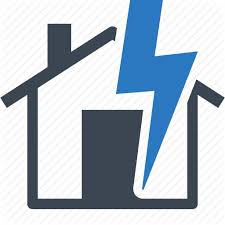Dear readers!
We are happy to share the answer to an interesting question that was sent to us in our Vkontakte group.
The question was sent by the owner of a house under construction and is about how to supply the house with power, the grounding method and staying near the grounding. The question also refers to emergency operation.
Near the construction site, there is a pole with a board that is connected to a spike by wire. The soil on the site is sandy loam (1-1.5 m) and deeper there is lime. The groundwater level is high.

After thorough examination of the question, our technical experts gave the following answer.
The spike near the pole is secondary grounding.
In the board itself, the connected protective zero conductor and zero operating PEN should be divided into PE (ground) and N (neutral). After that, the N conductor in the acts as a zero one and the PEN line is N. The PE conductor operates through the secondary grounding and as secondary grounding of the line only in case of emergency. The PE bus is to be grounded. The resistance of the grounding should not exceed 30 ohms.
Ensure that grounding meets this standard. This grounding is the protective grounding for the house and no additional measures are needed. Live, neutral, and ground are wired from the board. A different type of grounding device is to be used if lightning protection is installed.
It is not recommended to be located within 5 meters of installed grounding, as there is risk of electric shock during a storm.
Read the full answer (https://vk.com/wall-19724650_861?offset=last&f=replies) and join the discussion of the question!

